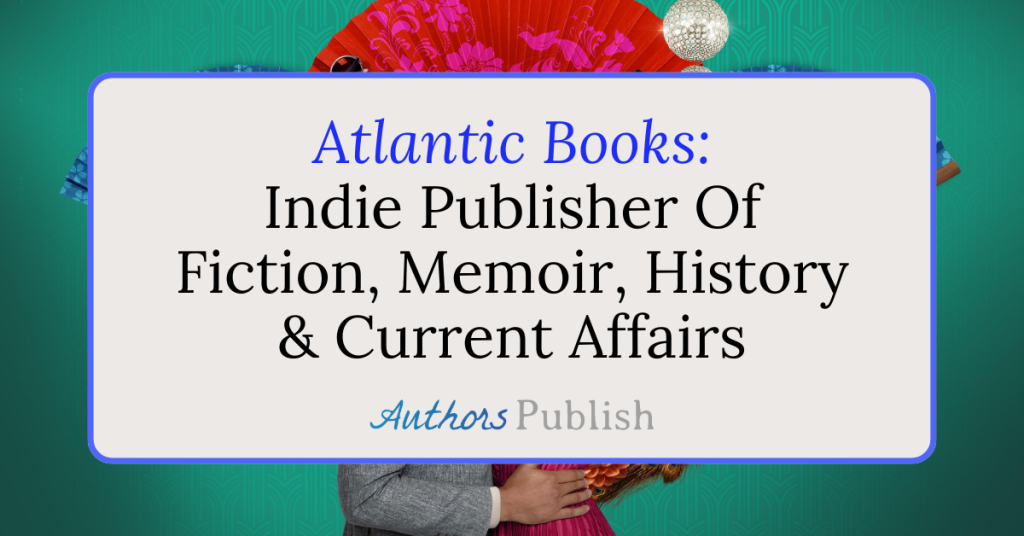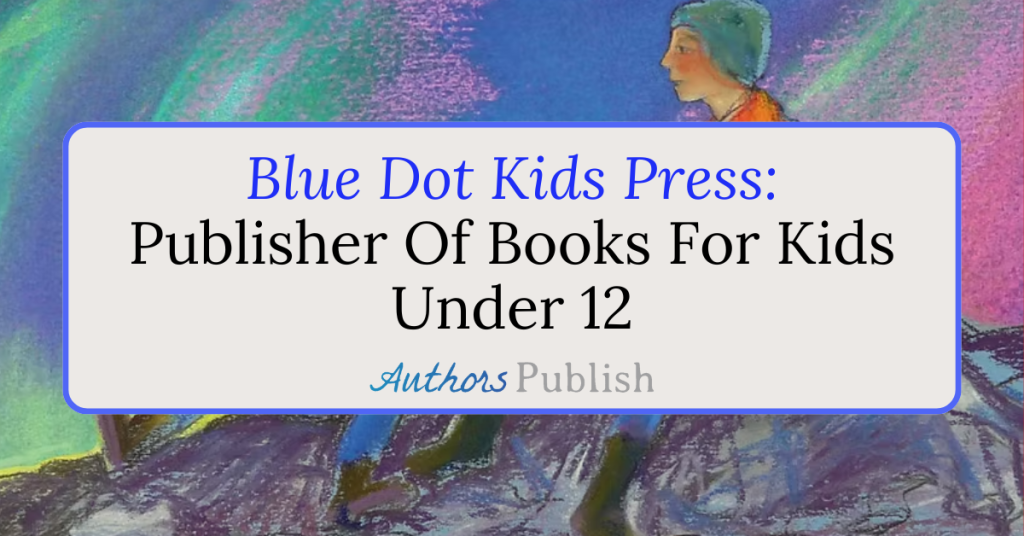Written By Rebecca Ann Smith
#PitMad is a quarterly Twitter pitch party coordinated by writer and social media guru Brenda Drake. There was an event on 17 March 2016 and I decided to give it a try.
There are several Twitter pitching events out there and they all have slightly different rules and entry requirements. Twitter provides the perfect platform for micro-pitches because of the 140 word character limit per tweet. At #PitMad authors are allowed up to 3 tweet-pitches per day. You are allowed to pitch more than one project, but it must be a finished manuscript which is edited, polished and ready to go.
Agents and editors scan the pitches throughout the event, and tweet their standard query format, for example 3 chapters and a synopsis, early in the day. If a book catches an agent’s eye, that agent can ‘like’ the pitch, and after the event the writer submits their query.
There are plenty of success stories out there: adult genre fiction has done well at previous events, as have young adult and new adult.
Anyone can take part, as long as they follow the rules. The full rules are posted on Brenda Drake’s website. I won’t rehash them all here as they do change, and would strongly advise anyone interested in taking part to check the current rules in advance.
You can’t contact agents or editors unless they contact you first. And because the ‘like’ function is used by the agents and editors to keep track of pitches that pique their interest, people are requested not to like or retweet their buddies’ pitches.
You need to include the hashtag #PitMad to be visible to participating agents and editors, and using a hashtag for your category and genre means you’re more likely to get spotted. You can get the complete list of hashtags from Brenda Drake’s site.
The book I wanted to pitch is a middle grade fantasy adventure called ‘Seal Skin’.
That means my category hashtag is #MG. I could also add a genre hashtag, #F for fantasy and/or #AD for adventure, but I also needed to bear in mind those precious 140 characters.
The event ran from 8am EDT to 8pm EDT and I’d seen advice to spread the tweets throughout the day. There are applications available that schedule tweets for you, so you could, theoretically, set the whole thing up in advance. But that way you’d miss an opportunity to learn from other writer’s pitches during the day.
In the days leading up to 17 March I did some advance research. There are writers online offering advice on constructing a good pitch, and even online groups stress-testing pitches in advance of the big day.
Advice varies by genre and advice-giver, but there are themes, including:
• focus on your central conflict or dilemma
• focus on your main character’s journey or transformation
• be as colorful and specific as possible
• aim to give a flavor of your own unique voice
• compare your pitch to existing work (this does a lot of the work describing the premise, whilst keeping the character count low).
I sat down to write my first pitch, trying to capture the central dilemma of my book. Early in the day I tweeted this:
12yo Josh’s mum’s dying; a stay w/ weirdo cousins is the last thing he needs. Magic might save mum but who will Josh betray? #PitMad #MG
Predictably, perhaps, this didn’t receive any likes. I decided to work my way through the winning pitches, looking for a formula. Only a tiny minority of pitches were getting likes. YA seemed having a good day, particularly when combined with sex and violence. For example, take this pitch by @melissaveres:
Marley wakes up on a cold beach with blood-stained hands, her twin sister’s severed arm, and no memory of how she got there. #PitMad #YA #T
Or this one by @tammy_oja
To win a cruise with “Captain Hot Pants” & boys polo team on board, rocks! But who ordered the killer? Can a cheer team survive #PitMad #YA
There were also winners amongst the romance pitches. For example, this pitch from @VivWrites won five likes:
Feisty horse trainer doesn’t believe in fairytales until new mentee is a real-life prince. Will she swap cowboy hat for crown? #pitmad #A #R
I also noticed that books touching LGBT themes were doing well. For example, @JStryker21’s pitch got 2 likes.
#WNDB When Sam refuses to be Amanda, he has to survive peers and family who use religious dogma to justify their abuse. #LGBT #A #PitMad
I went back to my first pitch. Was it too boring? Too confusing? Looking at it again, the causal relationship between first and second ideas was unclear. I’d also noticed successful pitches often made comparisons with existing books or old stories, even TV shows, and this chimed with the advice online. For example, this one by @ChooseUrGeek:
#PitMad #A #M #SF Murder She Wrote + The Justice League. A cozy mystery about a retired superhero.
Four hours after my first pitch, I tweeted:
Who or what will 12yo Josh sacrifice to save his mother’s life? Wolfblood, but with hippy Selkies. Danger, magic, heroism. #PitMad #MG
Next I used the hashtags #PitMad and #MG to see what was doing well in the middle grade arena. @tomleveen won a whopping four likes with this pitch:
A 13-year-old girl goes against her war-hero father to free giant arachnids, engineered for war, from human slavery. #MG #pitmad
Admittedly that book did sound pretty awesome. I looked for a successful pitch which sounded more similar to the tone my own book, and discovered this one, from @HilaryHarwell:
A magical trinket shop. Family secrets locked inside. 12yo Oliver must unravel them to save his Grandfather and the land of Mim. #MG #PitMad
Using Hilary’s winning pitch as my model, I delivered my third and final pitch towards the end of the day:
Weird cousins. A-selkie-in-disguise stalked by a sea-witch. Can Josh
navigate this to save his mum? And what might it cost him? #MG #PitMad
Sadly, by close of play, I’d received no likes. But what had I learned from my #PitMad experience?
I’ll have a better idea of how to approach this if I do it again. Working hard on your pitches in advance, and even workshopping them with other writers, could well pay dividends.
I’ll also go back and trawl through the agents who liked middle grade pitches, to understand better what they’re looking for. Even if #PitMad isn’t for me, this industry intelligence could be useful down the line.
I think I learned that #PitMad is probably best for punchy commercial fiction with a clear, action-packed premise. I’d certainly been plagued all day by the feeling that maybe my book didn’t fit well into a 140 character pitch.
But then again, maybe there’s something to be said for being able to describe your premise clearly and succinctly. If you can’t explain the relationship between the initiating event and the central conflict in one sentence, maybe it’s not just the pitch that’s flawed.
I’ll certainly be taking another look at my manuscript, the plotting and structure in particular, to make sure it’s as coherent as possible. Then, just maybe, I’ll have another go.
If you want to learn more you can read this interview with two participants and the creator of #pitmad to learn .
Bio:
Rebecca Ann Smith writes novels for adults, teenagers and children. Her first published novel, Baby X will be published by Mother’s Milk Books in 2016. She’s interested in creativity, feminism and social justice, and blogs about swimming, parenting, writing and other random bits and pieces at www.rebeccaannsmith.co.uk She lives in West Sussex with her husband and two young sons and works part time as a copy-writer and project manager.






